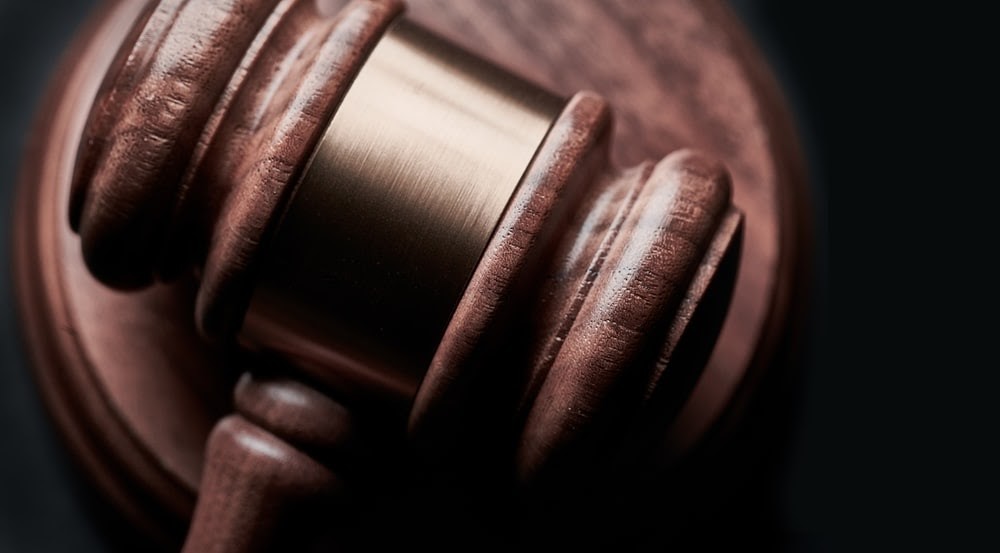
Photo by Bill Oxford on Unsplash
After months of preparation and debate, the verdict is finally in. By majority rule, the final verdict is to combat polarization in American society, a national mandatory service should be adopted.
A total of three juries deliberated on Sunday, each of which decided its own verdict. One jury voted in favor of a voluntary service with a 5-3 vote, while the other two juries voted in favor of the mandatory service program with a 6-1 and 6-0 vote.
Andrew Bremner, a member of the victorious pro legal team began the trial by saying, “service is more than something we do, it is something that defines who we are.” The pro team argued that their mandatory national service opportunities will promote a strong American identity among the citizens who participate.
Contact theory was a key point argued by both sides. As Manix White, a member of the science team, said, “contact theory suggests that when different social groups interact in a cooperative setting, prejudice between the groups diminishes.” This effective diminishment is caused by long-term contact between these groups, which gives them time to understand each others’ perspectives.
Lauren Agnew, one of the jurors, agreed after listening to the trial that contact theory plays a central role in how service programs could combat polarization.
“The evidence shows that when people have racist, sexist, or homophobic views, the number one way for them to change that is to be exposed to diverse groups of people,” Agnew said.
When it came to the jury’s decision, their concerns dealt with properly incentivizing participants for the voluntary service program. They had their doubts and felt that the mandatory program was a more structured system that would have a better chance to combat polarization.
There were some jurors that favored the voluntary program due to the larger, more diverse age group that is accepted into the program. The voluntary program accepts anyone 16 or older, whereas the mandatory program restricts participants 18-30 years old.
As Arunn Suntharalingam delivered his closing statement for the pro legal team, he told the jury that “polarization leads to dysfunction” and the mandatory service proposal “is our moonshot” to combat polarization, drawing a connection from former President Kennedy’s pledge to go to the moon and his team’s pledge to combat polarization in America through a mandatory service program.
Suntharalingam and Bremner’s proposal struck the moon after winning the trial 2-1 in favor of mandatory service. But, they couldn’t have made it there without feedback from the instructors, research from the science team, and the jury recruitment efforts from the media team.
Thank you for joining us this semester, we hope you learned something new! You can stay updated on all things Science Court by signing up for our mailing list. Check out all of the Depolarizing America podcast episodes on Apple Podcasts and Spotify and be sure to follow us on Facebook, Instagram, and Twitter @scicourt. From all of us at Science Court, we hope you enjoyed this year's case and we hope to see you next year!